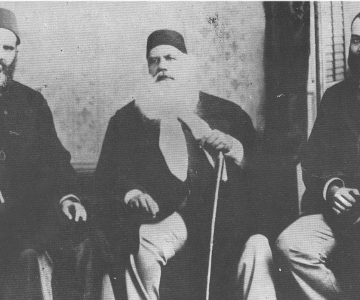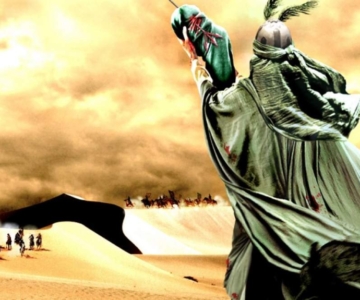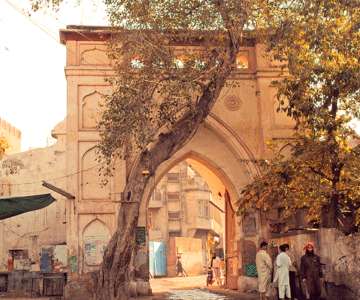A friend of mine sent me this piece on Lahore from S. Abbas Raza’s blog. I absolutely love it.
Lahore is perhaps the most underappreciated city in the world. The widespread ignorance of the charms of such a beautiful, complicated, and historically important city is sad, though unsurprising, given Western conceptions of the Muslim world – India has droves of tourists, while Pakistan has virtually none. Most of its natives, and most Pakistanis generally, rightly regard it as their country’s most cultured metropolis, but even this acclaim does not go far enough. Lahore is the conservatory of a lost world whose traces have been largely erased from more touristic destinations, like Delhi and Agra – I will come to the reasons for this below. The world in general has few cities that interweave so seamlessly a great vitality today (the city is about the twenty-fifth largest on the globe) with an unbroken and luxurious history (spanning the last two millennia). Only in Lahore do you find the sepulcher of the legendary Anarkali, the star-crossed dancing girl buried alive for her love of the young prince Selim (the film Mughal-e-Azam is a version), inside the dusty Archives of the Punjab Secretariat, which was a mosque that the British whitewashed, and is now decorated with portraits of British colonial governors. Layers and layers: it’s that kind of place.
Beyond its Mughal grandeur, landscaped gardens, and Sufi shrines, beyond its dense bazaars, colonial museums and Parisian boulevards, beyond its kebabs, nihari (shank stew) and sarson ka saag with makai ke roti (mustard greens with cornbread roti), beyond the G.T. road, the insane rickshaw driving and Kipling’s cannon Zamzama, there is a part of Lahore that I believe is one of the most culturally important districts in Asia: the Walled City. To cross the threshold of any of the gates of its unbreached walls is to cross into a truly unique zone. There is simply no other city anywhere that has preserved the mixture of influences that produced the fifteenth and sixteenth centuries’ great cultural flowering in this part of the world. In Fatepur Sikri (near Agra), you can see an abandoned capital that records the intermingling of Muslim, Hindu, mystical, secular, imperial and local influences that were synthesized during the reign of Akbar, the greatest Mughal. In Lahore, you can see what that intermingling actually looked like, rather than merely its reflection in elevated architecture. Traverse the walled city from one gate to another, get lost, and find your way back out. It’s an experience of incredible density and richness.
Read more articles about lahore:
Mughal era: Lahore’s neglected heritage is a sad shadow of its glorious past
‘I belong to Ranjha’ – the syncreticism of Lahore’s Shah Hussain
Hundreds of decaying historical buildings across Lahore await Attention



